Neil Armfield – Photo: Shane Reid
![]()
Kliknij tutaj, aby przeczytać wywiad w wersji polskiej.
Text: Jansson J. Antmann
Festivals are meeting places of artists and theatre makers – a chance to share ideas, inspire one another and find synergies. In 2020 the Adelaide Festival celebrates its 60th Anniversary. We talk to the joint Artistic Director Neil Armfield and featured artist Abdul Abdullah about the state of the Arts … and the world.
In 2018, the themes of tyranny and displaced peoples permeated the Festival. It was perhaps a forewarning of what was to come. With populism and xenophobia re-emerging all around the world, what can we expect in 2020?
N.A.: We are presenting American composer Missy Mazzoli’s opera Breaking the Waves, which is based on Lars von Trier’s 1996 film. Mazzoli has often been referred to as Brooklyn’s Messiaen or Mozart. It’s truly operatic in scale and deals with themes of sex, religious piety, sacrifice and madness. It’s set in 1970’s Scotland. The heroine, Bess, believes her prayers for her husband to leave his job on an oil rig and return to her have resulted in an injury that prevents him from making love to her. She thinks God is punishing her for her selfishness. When her husband asks her to find another lover and describe their sexual acts to him, she also believes it is God’s will. In true operatic style, it doesn’t end well.
And then there’s the Requiem.
N.A.: That’s right. Mozart wrote his incomparable Requiem in a race against his own death and writer, director and designer Romeo Castellucci has breathed new life into it as a contemporary masterwork. Its hallucinatory imagery will reach deep into your unconscious. When the lights come up at the end, it’s like waking from a dream. It is a profoundly moving ritual of life and death, extinction and the possibility of rebirth – an experience you’ll never forget.

Requiem is the first of your co-productions with the Festival International d’Art Lyrique d’Aix-en-Provence over three consecutive years, isn’t it?
N.A.: Yes, and it’s Pierre Audi’s first season as artistic director. He’s very attuned to what happens when you mix a great theatre director with a great operatic work. And Romeo Castellucci’s production of Requiem is an example of that. Therefore, we’re eagerly watching what Pierre Audi is planning over the coming years. He is a real man of the theatre. He is the former director of the Holland Festival and Dutch National opera, as well as Artistic Director of the Park Avenue Armory in New York. He even founded the Almeida in London.
… and the Almeida production of The Doctor, directed by Robert Icke is another highlight of the 2020 Adelaide Festival.
N.A.: Yes, it’s an update of Arthur Schnitzler’s 1912 Viennese drama Professor Bernhardi. Juliet Stevenson playes Dr Ruth Wolff, who stops a priest from seeing her dying 14-year-old patient, because she’s uncertain of the girl’s religion. I’ve seen a lot of Juliet Stevenson’s work, in film, on stage and TV and this role and its strange complexities probably fit her better than anything I’ve ever seen her do before.
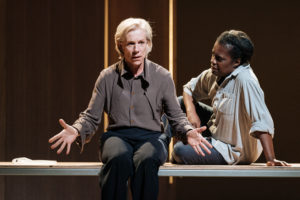
Juliet Stevenson as Dr Ruth Wolff
Religious, sexual and identity politics lie at the heart of much of the work in next year’s festival.
N.A.: That’s because this work is the most vital. I think what’s going on with the potential for religious freedom legislation in Australia – this notion that a person’s faith entitles them to be above the law – is really terrifying. It’s essential that these themes are taken up in the theatre, and that’s what lies at the heart of The Doctor.
These issues stretch far beyond Australian shores. Everywhere you look this is happening, including Poland.
N.A.: Absolutely. I went to Warsaw to see Mein Kampf at the Powszechny theatre. They’re such lovely people there. They told me how right-wing activists tried to stop a production of The Curse (Klątwa) going ahead, because they didn’t like the way it presented the authorities’ handling of clerical child abuse. Acid was thrown at a performer and even an audience member. As a result, the production was placed under investigation on suspicion of inciting hatred. It was even suggested that such violence was to be expected if a work was critical of the church. Ultimately, that kind of rhetoric is characteristic of fascism and it’s frightening.

Aleppo, photo: Pierre Yves Massot
There has also been criticism for the refusal to take in refugees, which is a breach of EU law. Perhaps Aleppo should be compulsory viewing.
N.A.: Syrian author Mohammed al Attar has created a piece of theatre that relies on intimacy between the audience and the actors. The trick is that when you arrive, you find a large jigsaw puzzle of the map of the city. You pick a piece and then find a table in the room, which has the corresponding hole for that piece of the puzzle. Once you’ve sat down, an actor sits down opposite you and begins to tell you the story of a survivor from that part of Aleppo.
The plight of displaced peoples dominates your work too, Abdul Abdullah. What can we expect from your work at the Adelaide Biennial of Australian art, which is celebrating its 30th anniversary.
A.A.: I’m preparing an immersive sculptural installation titled Understudy which is focused around a hyper-real figurative sculpture, with a human body and the head of a monkey. For me this creature acts both as a self-portrait, as well as a metaphor for the ‘monstrous other’ – people who are perceived as threatening due to unjustified perceptions of their race or culture. This project continues my personal research into the use of monsters in cinema as stand-ins for amplified, broad, societal anxieties, often involving fear of immigration, civil rights or the environment.
Why the monkey?
A.A..: It references the film Planet of the Apes and is designed to resemble the endangered Yunnan snubbed-nose monkey. I have chosen this particular monkey because of its vulnerable status, as well as its unique facial features that appear to me both attractive
& disturbingly alien. I would like the audience to be both attracted to and repelled by the creature. Upon entry into the installation, the initial tension the viewer feels should give way to a playful invitation to engage in a conversation they might not otherwise have about perception, projection and bias.
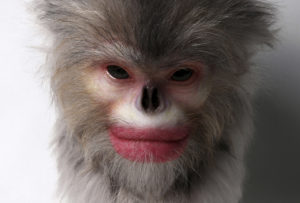
Abdul Abdullah – Understudy, photo courtesy of Abdul Abdullah & Yavuz Gallery
This installation develops an idea you explored in The Waiting Room, exhibited at art Basel in Hong kong. In it a similar figure sat staring at three large-scale paintings of a wild ocean, recalling a poster issued by the Australian government, which warned would-be immigrants not to try to enter Australia.
A.A.: The recent political machinations of the Australian government prioritise and exploit fear of uncertainty and the unknown, over those who exist on the fringes and for whom uncertainty is the actual lived day-to-day experience. I feel it is vital to highlight the detrimental effects of the increasing sense of isolation that you feel as a refugee, migrant, or other marginalised person. If mainstream political discourse in this country does not serve the needs of our most vulnerable, as an artist I have a moral obligation to use my platform as an appeal to empathy.
Neil, these are dark political times and the Arts reflect this. Abdul has mentioned that he is striving for a playful discourse on serious issues. How do you ensure that people who visit Adelaide leave inspired?
N.A.: One strategy is to do works which debate the issues, and another strategy is to do works which present an alternative like 150 Psalms which is passionately concerned with the spiritual energy of music and thought, and what the psalms have always been. They address contemporary issues, such as the displacement of people because of war and drought and the abuse of power. However, they also deal with the beauty of the world and give thanks for life. Over four days and 12 concerts, The Tallis Scholars, Netherlands Chamber Choir, The Norwegian Soloists’ Choir and Australia’s The Song Company will perform settings of all 150 psalms written over 10 centuries of choral tradition by 150 different composers, including Beethoven, Monteverdi, Brahms and Britten. There will also be newly commissioned psalm settings by Australian composers Elena Kats-Chernin, Clare Maclean, Cathy Milliken and Kate Moore.

150 Psalms– Netherlands Chamber Choir, Photo: Foppe Schut
The performances will be held in both sacred and non-secular spaces across Adelaide.
N.A.: We want to present 150 Psalms in a way that doesn’t try to support or promote a particular religion, but rather looks at the religious impulse, which is profoundly human and about living and loving on this earth. The Psalms cover 3000 years of history and link people, as well as three religions – Jewish, Christian and Muslim. They are inclusive. There’s no debate about who God is.
150 Psalms celebrates the beauty of faith and religious expression in all its forms, whereas The Doctor critiques its flipside. Likewise, Cock Cock… Who’s There? and Enter Achilles look at masculinity from very different perspectives.
N.A.: It’s great to have such a completely different consideration of the issues. Cock Cock… Who’s There? is an interesting social document – it’s anti-theatrical and so clear and confronting. Samira Elagoz, a Finnish/Egyptian filmmaker, was raped by a former boyfriend. She subsequently created this piece by interviewing strangers she met on Craigslist about their attitudes to gender relations and sexual violence. Samira also made a film, Craigslist Allstars. She told all the men she met that she wanted to discuss consent with them. In the film, you can clearly see how each of them takes the opportunity to try and hit on her. It really is about toxic masculinity.
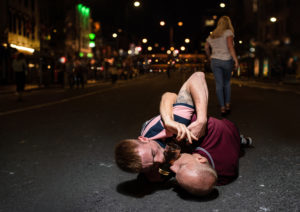
Enter Achilles by Lloyd Newson
Choreographer Lloyd Newson won an Emmy award for Enter Achilles. It came to the festival in 1996. This new version is presented by Ballet Rambert and Sadler’s Wells. What changes is Newson making?
N.A.: I don’t know how different it will be, but he’ll want to challenge audiences. He has a certain affection for the working-class man in the pub. He’s using the framework of the original production, but it is a reimagining. It’s a new set of lads and a new #MeTooworld, in which Brexit and Islamophobia are a reality. However, it’s still about how these men try to suppress their inherent weaknesses and uphold the traditional male stereotype. The work is probably more dangerous now than it was a quarter of a century ago.
In those days the concept of a carbon neutral arts festival was also unheard of, yet here you are – the first one in Australia!
N.A.: We simply have to do it. In Europe, where most of the festivals take place, it’s very easy for artists to hop on a train and move around from one festival to another without leaving the ground. In our case, so many of the performers are from overseas and the only way to get here is to fly. Artists are rightfully very conscious of today’s environmental issues and it is clear to us that we cannot expect them to come half-way around the world and back again, without offsetting the resulting carbon emissions. Frankly,
if we didn’t do it, they’d probably demand it of us as a condition of coming. As a result, we are proud to be the first arts festival in Australia to be certified carbon neutral. That means you can now visit Adelaide with a clear conscience as you engage with art that hopefully offers a way forward to a brighter future. |
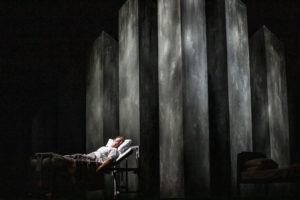
Duncan Rock as Jan in Breaking the Waves, photo: James Glossop





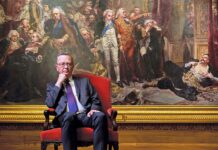
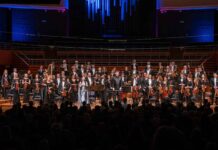
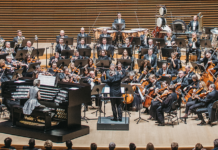
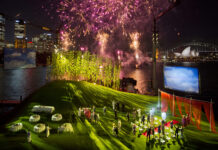
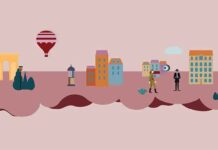



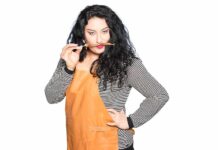

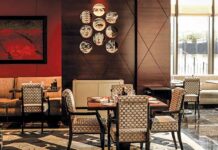

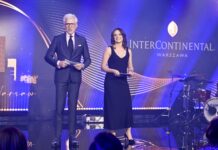

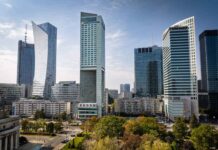

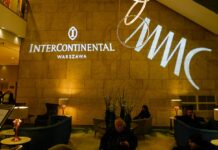
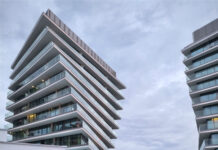
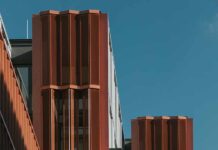


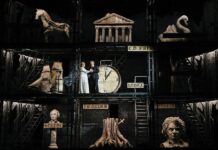
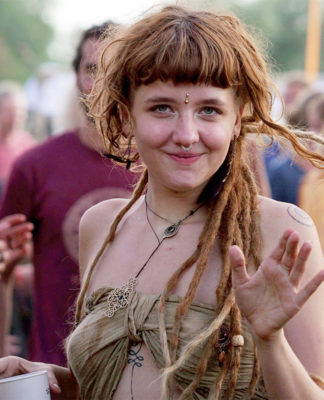
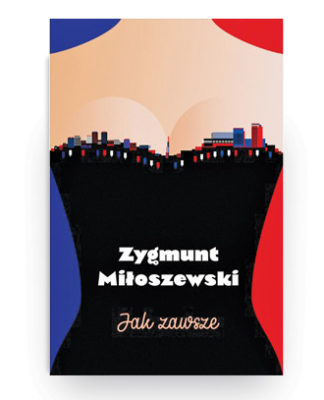
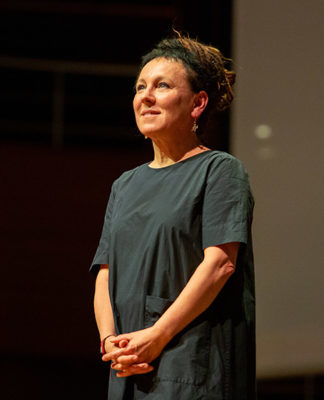
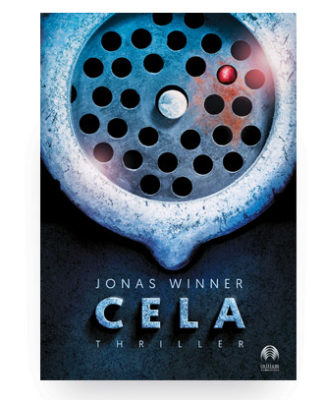
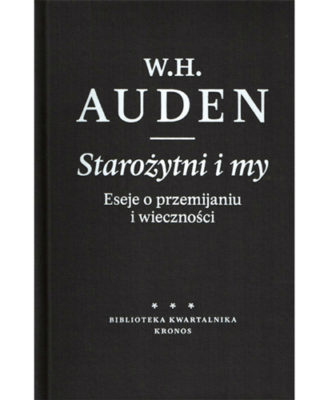
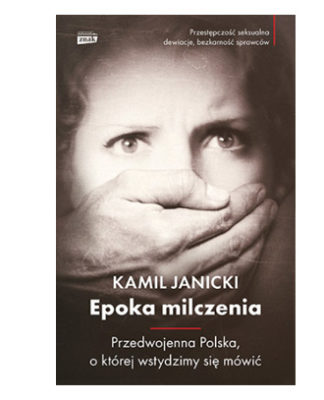
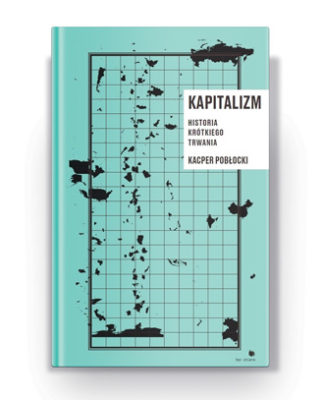
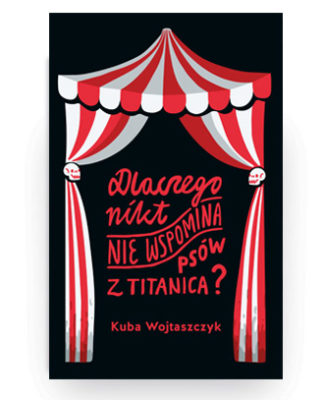
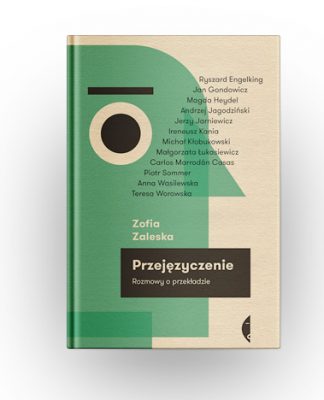
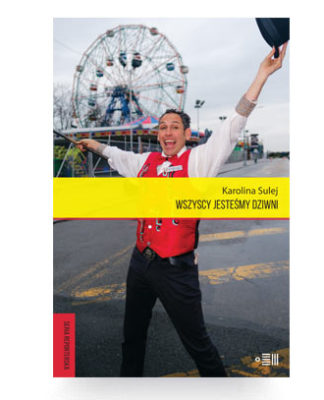
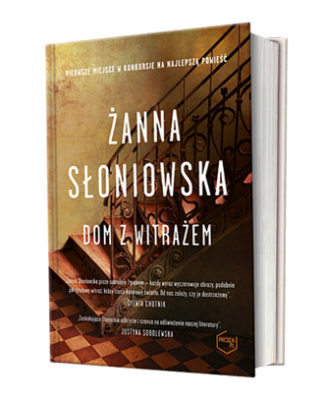
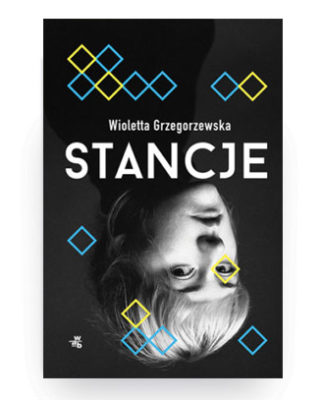
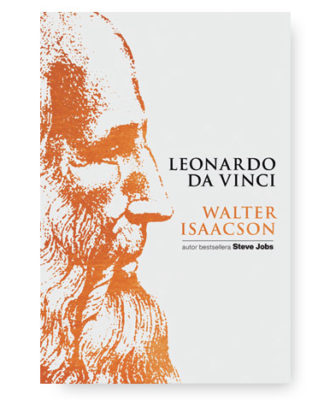
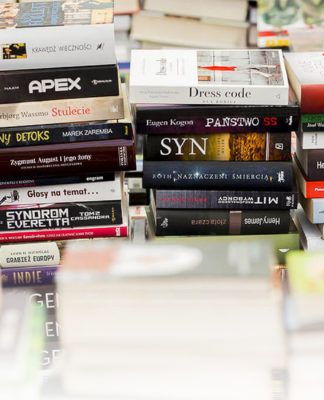
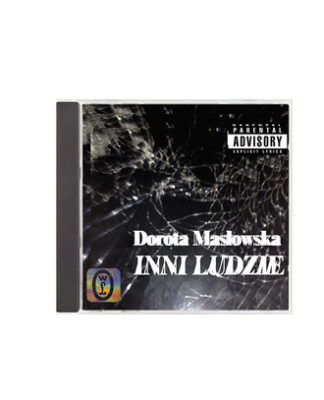
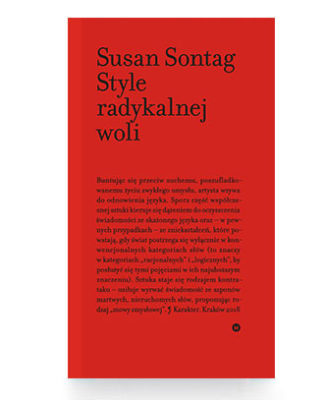
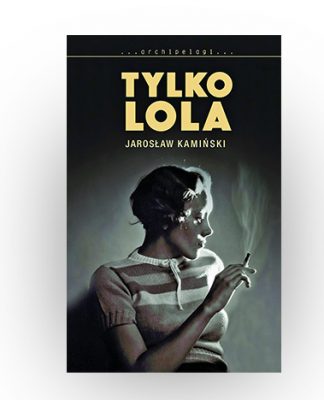
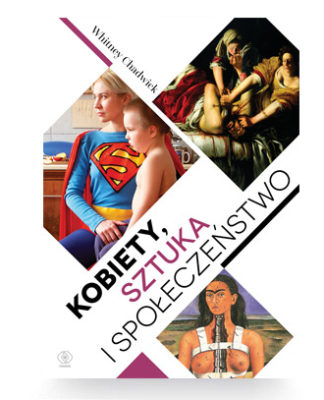
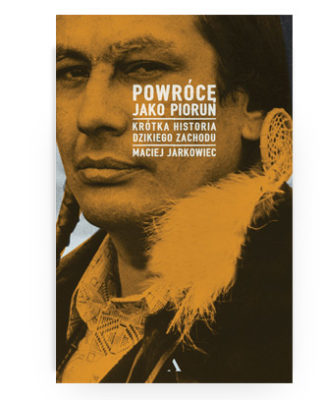
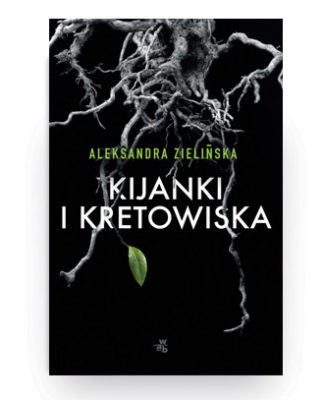
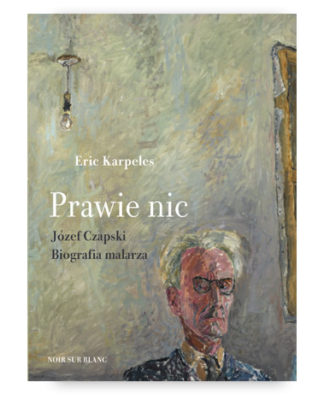
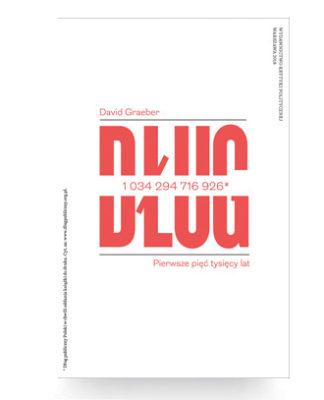

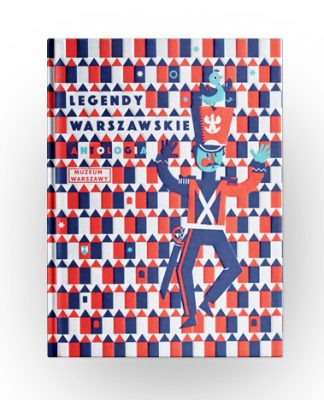
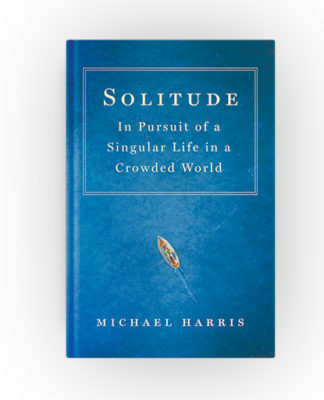
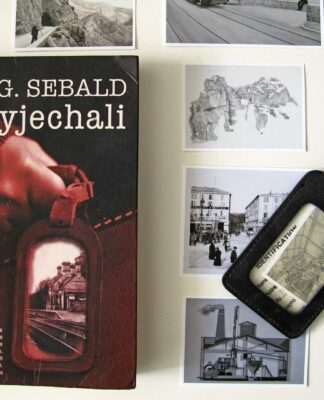
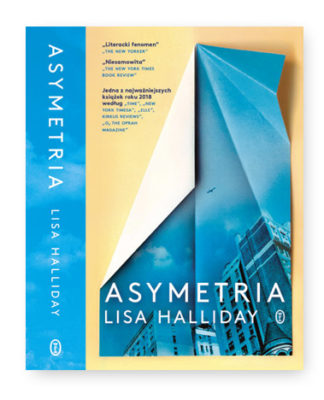
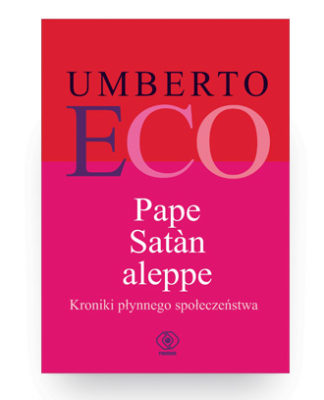
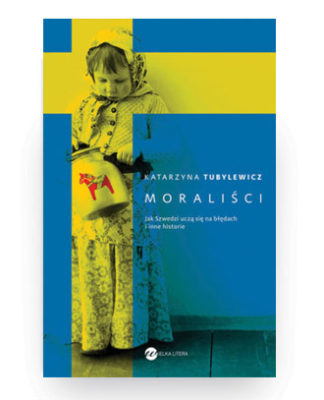
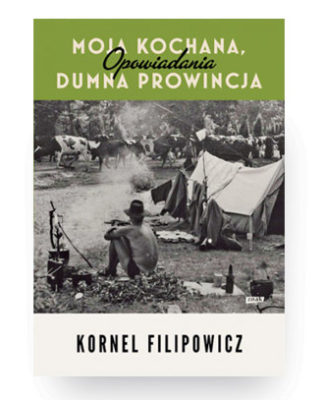
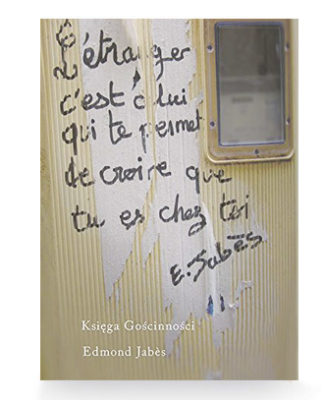
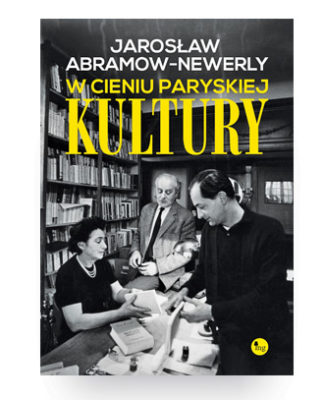
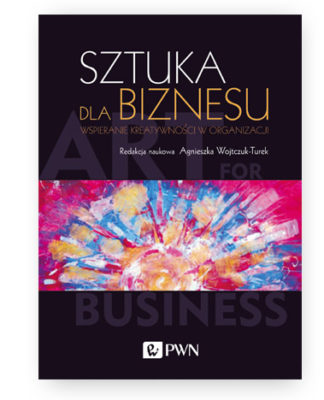
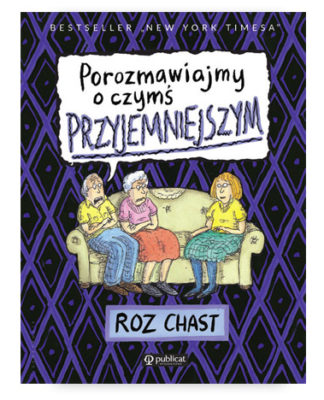
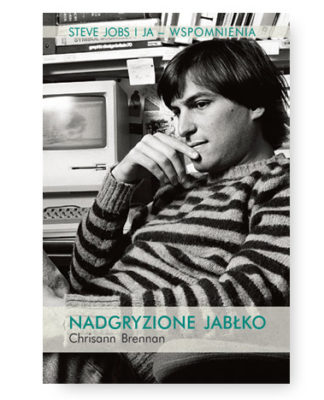
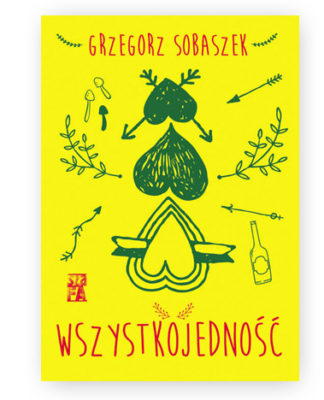
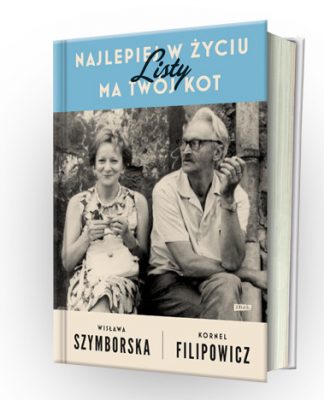
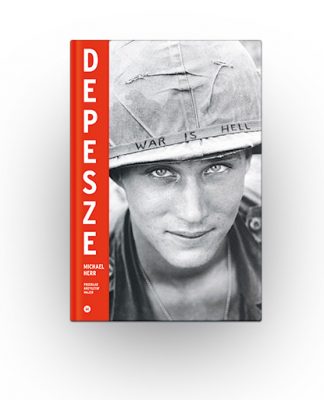
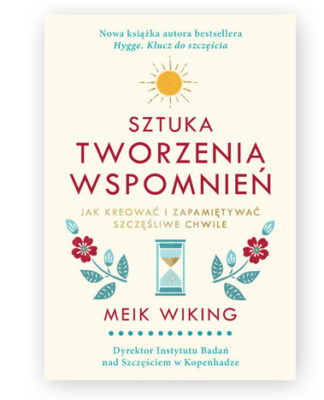
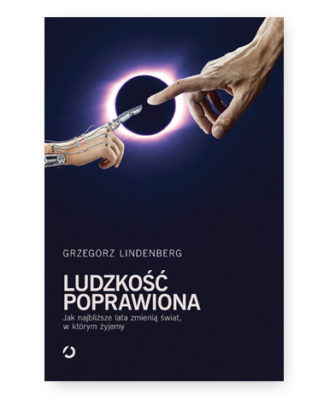
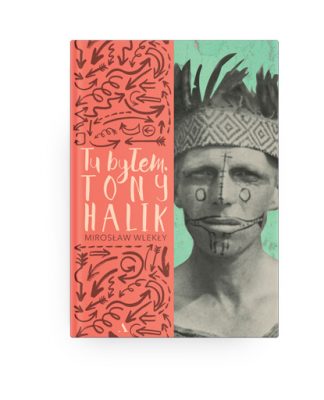
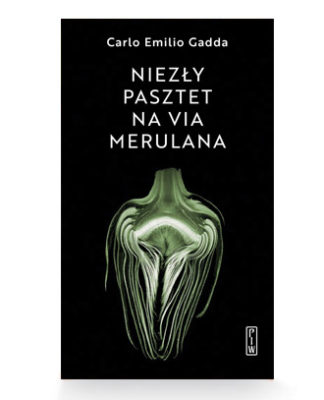
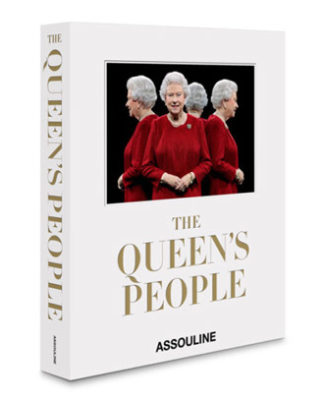
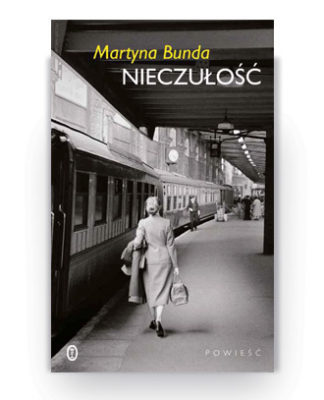
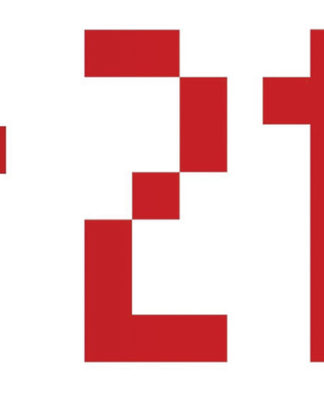
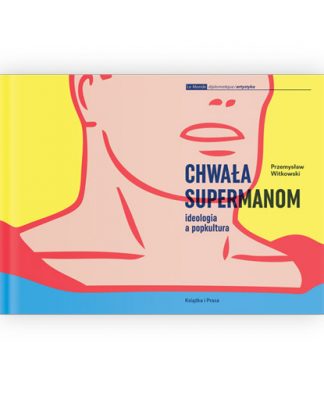
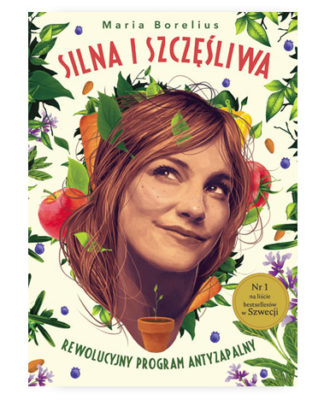
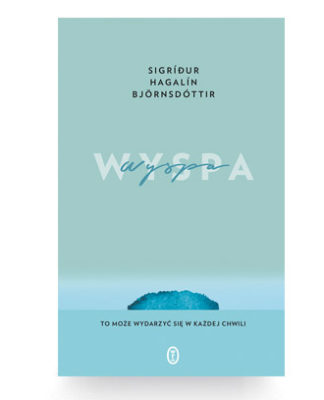
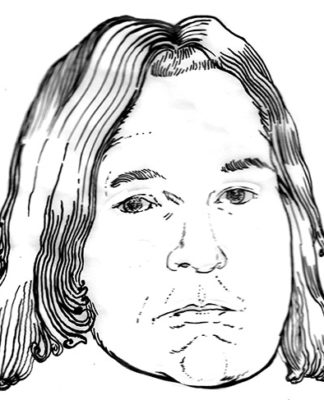
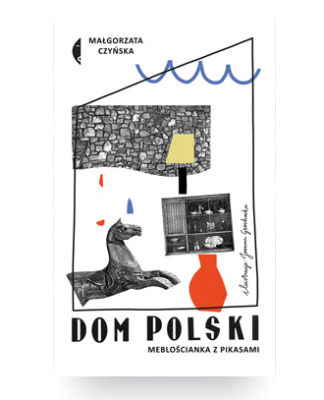
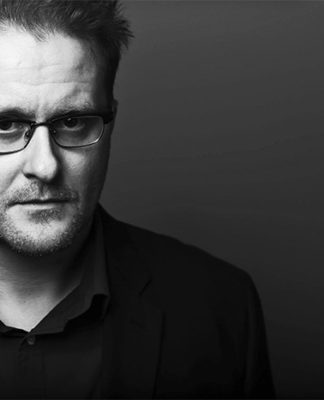
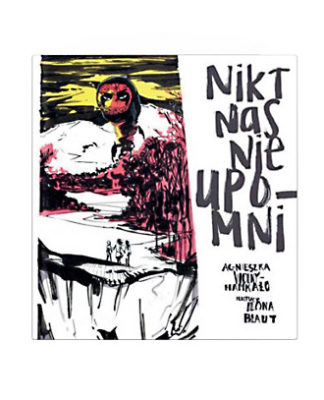
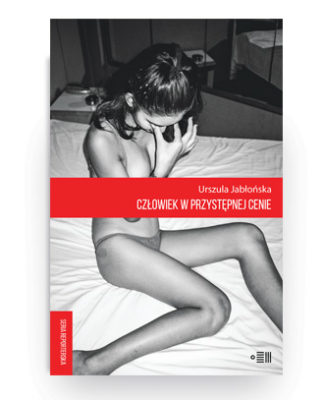
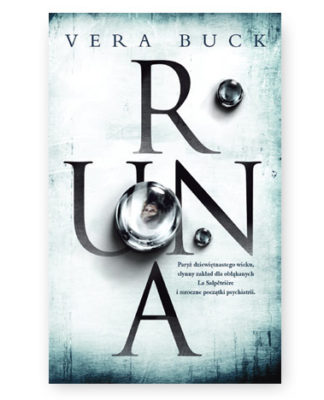
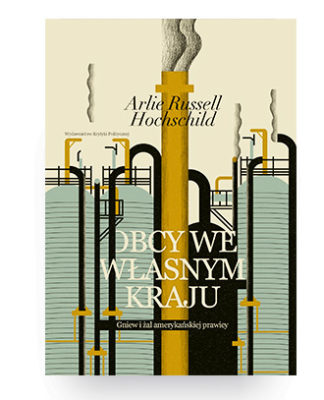
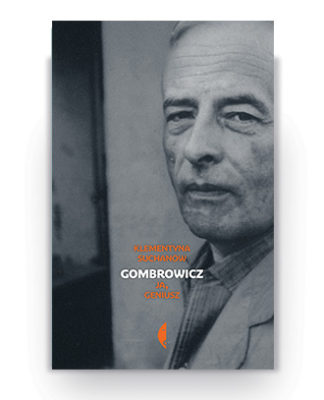
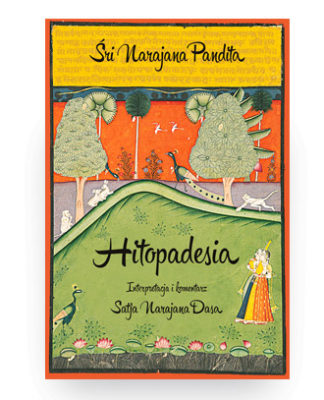
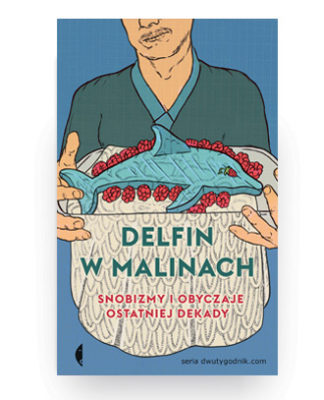
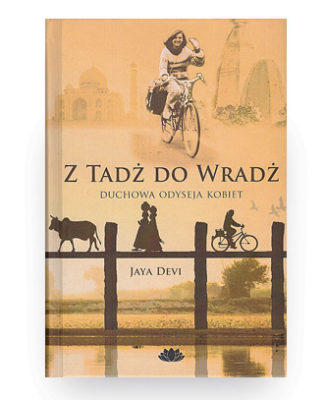
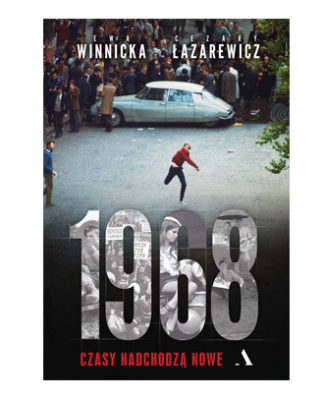
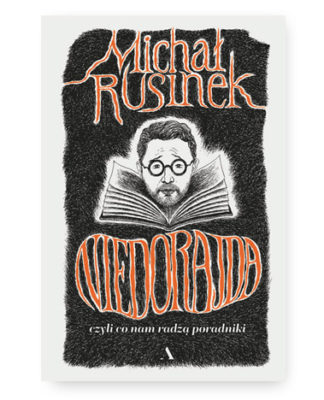
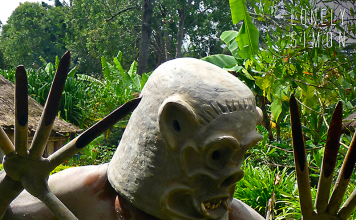
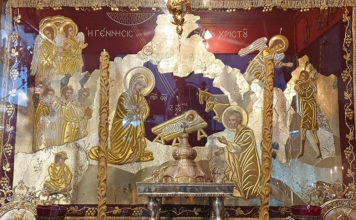
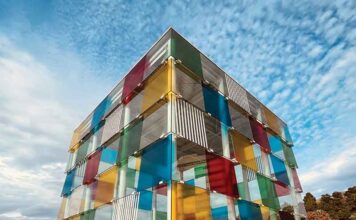
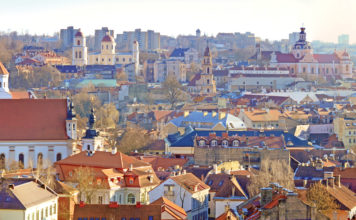
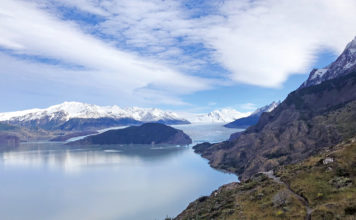
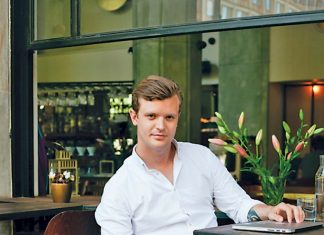
[…] A FESTIVAL OF HOPE […]